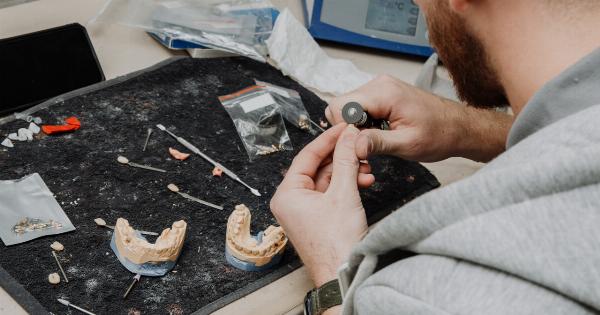The development of modern medicine has benefited the entire world in numerous ways. Improved infrastructure, better medical facilities, and cutting-edge technology have made things possible that were once unimaginable.
One such breakthrough surfaced recently when a pacemaker was implanted without any electrodes in evangelism. This development, that has the potential to change the lives of millions, is worth exploring in detail.
The Pacemaker and its Role
A heart is a complex organ that requires regular exercise to remain healthy. However, there are instances when this vital organ does not function properly, requiring medical intervention.
A pacemaker is a device that regulates heartbeats, ensuring that the heart does not beat too fast, too slow, or skip a beat. This device sends electrical impulses to the heart muscles and regulates its functions, thereby minimizing the risk of heart failure.
The Electrode-free Pacemaker
Conventionally, pacemakers have been implanted with the use of electrodes. These electrodes are usually inserted into the heart and placed in contact with the muscle wall.
Although this approach has been successful to a large extent, it has its limitations. For instance, it restricts the movements of the patient as well as the device. Conventional pacemakers also require regular monitoring, and the batteries need to be replaced periodically, often through surgery.
However, a new type of pacemaker has ushered in an era of change. This type of pacemaker is implanted without the need for any electrodes. It is a small device, about the size of a tablet, that is placed just under the skin of the sternum (breastbone).
This device is powered wirelessly, and the electrical impulses it generates are delivered through a thin wire or lead that is threaded into the heart.
The Innovators: Dr. Paul Roberts and Dr. Philip Adamson
Dr. Paul Roberts and Dr. Philip Adamson from MercyOne Hospital in Des Moines, Iowa, performed the groundbreaking procedure on a patient named David Otterness in December 2020.
David had been struggling with heart issues for years and was on prolonged bed rest. He was unable to walk more than a few steps without experiencing fatigue.
The surgery, which lasted approximately 30 minutes, was successful, and David was declared fit to go home just two days after the procedure.
This is in sharp contrast to traditional pacemaker surgeries that can take up to 6 hours and require a longer stay in the hospital.
The Advantages of the Electrode-free Pacemaker
The electrode-free pacemaker is a game-changer for several reasons, some of which are as follows:.
Less Invasive
Unlike traditional pacemakers that require incisions in the chest, electrode-free pacemakers require only a small incision in the breastbone.
This means that patients experience less pain, scarring, and bleeding, and they are less likely to experience complications during or after the surgery.
Faster Recovery Time
Because electrode-free pacemakers require less invasive surgery than traditional pacemakers, patients recover faster and can go home sooner.
With traditional pacemakers, patients often need to stay in the hospital for up to 3 days after the procedure, while with electrode-free pacemakers, patients can be discharged within 48 hours.
Reduced Risk of Infection
Traditional pacemakers involve long incisions, which means that there is a higher risk of infection. On the other hand, electrode-free pacemakers involve only a small incision in the breastbone, which is less susceptible to infection.
No Limitations on Activity
One of the biggest restrictions of traditional pacemakers is that they can interfere with daily activities or limit the range of motion. The electrode-free pacemaker is small enough to fit inside a pill and does not restrict movement in any manner.
The Future of Pacemakers
The invention of electrode-free pacemakers is a ground-breaking development in the field of medical technology that is sure to change lives.
Patients can now lead more active lifestyles, and at the same time, medical professionals can explore new frontiers to simplify complex procedures. The innovation of this technology has opened up new doors for future improvements and possibilities when it comes to implantable devices.
Conclusion
The innovation of electrode-free pacemakers is a significant development that could eventually make traditional pacemakers obsolete.
The surgery is less invasive and involves fewer complications than traditional methods, such as being wirelessly powered, smaller operating wounds, and fewer restrictions on activities. The procedure has been successfully performed in evangelism and patients can now lead a better life than traditional pacemakers. The future looks bright, and we can’t wait to see how technology will continue to change lives for the better.































